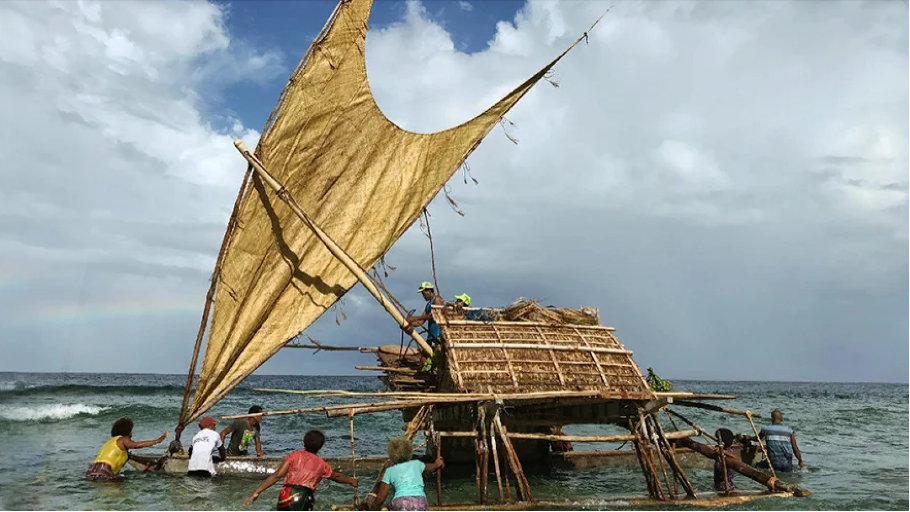Re-wording: Artifact
- Kara Johnson

- Nov 9, 2022
- 1 min read
Updated: Dec 14, 2022
Some of the terminology we commonly use in archaeological and/or Indigenous contexts can reinforce colonial mindsets. Recognizing and re-wording in these cases is a simple and meaningful way to show respect for Indigenous sovereignty.

Let’s talk about artifacts. The Merriam-Webster definition is “a usually simple object (such as a tool or ornament) showing human workmanship or modification as distinguished from a natural object, especially : an object remaining from a particular period.”
This verbiage makes culturally significant items into evidence; objects for study, removing effects from their cultural context and handing ownership to researchers. The term also carries with it, a connotation of something old, contributing to the false and highly damaging narrative that Indigenous peoples exist in the past.
Some Indigenous nations, such as the Confederated Tribes of Grand Ronde in Oregon, have began terming what would be labeled an artifact as a belonging instead. The word belonging ties the objects back into Indigenous epistemologies and the knowledges that are attached to belongings. The very act of changing the word works to make Indigenous heritage belong to Indigenous communities again. This idea also plays into the inspiration for the title of our blog, “On the Basis of Belonging,” and it pays respect to Indigenous sovereignty over their own cultural material heritage.
So, for all you archaeologists out there, try to be conscious of this, and when working with an Indigenous community make an effort to treat the materials you are working with as belongings. This perspective will inform your practice and may mean a lot to a tribe.



Comments